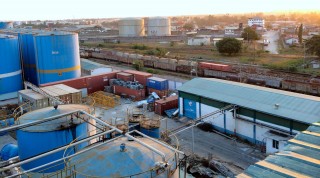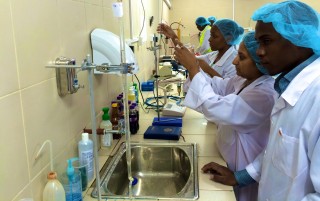The recent invasion of desert locusts in Ethiopia has become a huge threat to food security in the Horn of Africa country. This is the worst outbreak that the country, as well as neighbouring Somalia, has experienced in 25 years. “Climate shocks and pest infestations” have been named among the drivers of these humanitarian woes in the country in a report by the United Nations Office for the Coordination of Humanitarian Affairs (UNOCHA).
The UNOCHA’s report which was published on the 10th of January 2020 stated that “some 8.4 million people are in need of humanitarian assistance in Ethiopia, according to the country’s 2020 Humanitarian Needs Overview.” The report further explained that 6.2 million out of the 8.4 million people are in acute need, out of 10.6 million people affected by climate and human-made humanitarian crises in the country. The most vulnerable people are in the Oromia, Somali and Amhara regions.
These desert locusts plaguing Ethiopia was caused by heavy torrential rains that have flooded East Africa from October 2019 to January 2020. The rains were driven by a strong positive Indian Ocean Dipole, which has been since 2016. The Indian Ocean Dipole simply refers to the difference in sea-surface temperatures in opposite parts of the Indian Ocean. When it is “positive”, it means a wetter West and a drier East. Ethiopia alongside Eritrea, Kenya, Somalia and Sudan have also been severely affected.
Desert locusts are among the most dangerous migratory pests in the world. A 1km2 swarm is capable of consuming the equivalent of food for 35,000 people in one day. In Ethiopia and Somalia, desert locusts have destroyed more than 170,000 acres of crops and pasture land as of December 2019. This has increased the risks of human-wildlife conflicts as animals may begin to trespass into farmlands.
There are several ways through which locust invasions can be controlled. They include the use of pesticides, spray aircraft, locust control and communication equipment (like drones), environmental monitoring and technical advice. The FAO’s Emergency Centre for locust Operations (ECLO) employed these techniques to curb a desert locust outbreak in West Africa between 2004 and 2005.
Ethiopia, Africa’s leader in the use of technology in agriculture, may want to consider the use of special drones for monitoring, communicating and spraying pesticides in farms across the country where locusts are detected.








